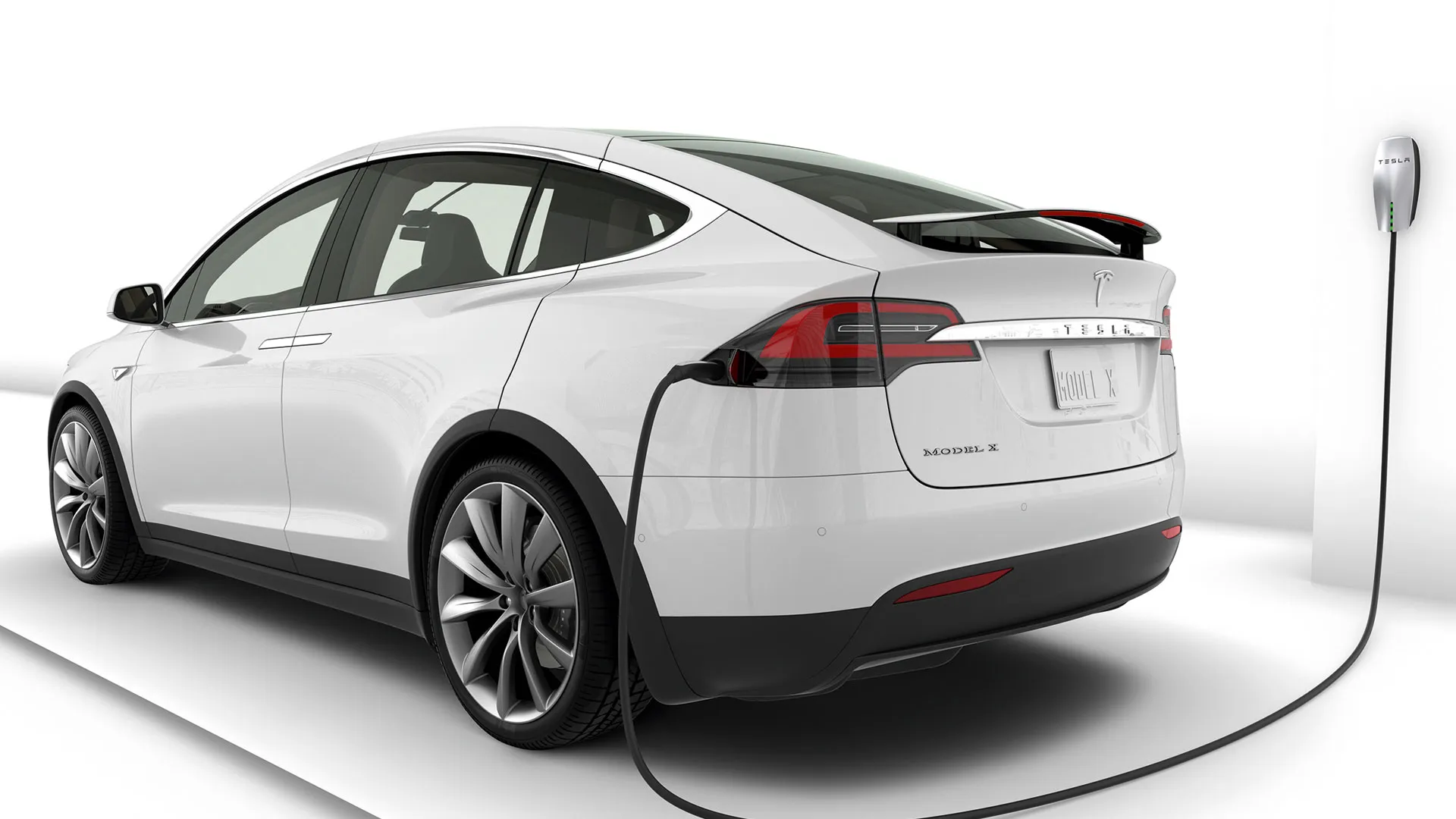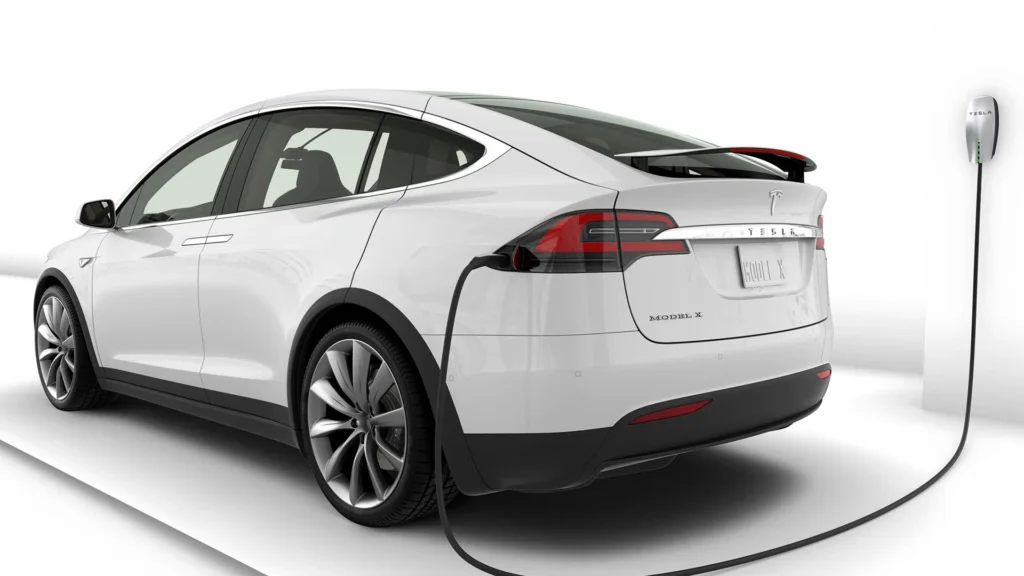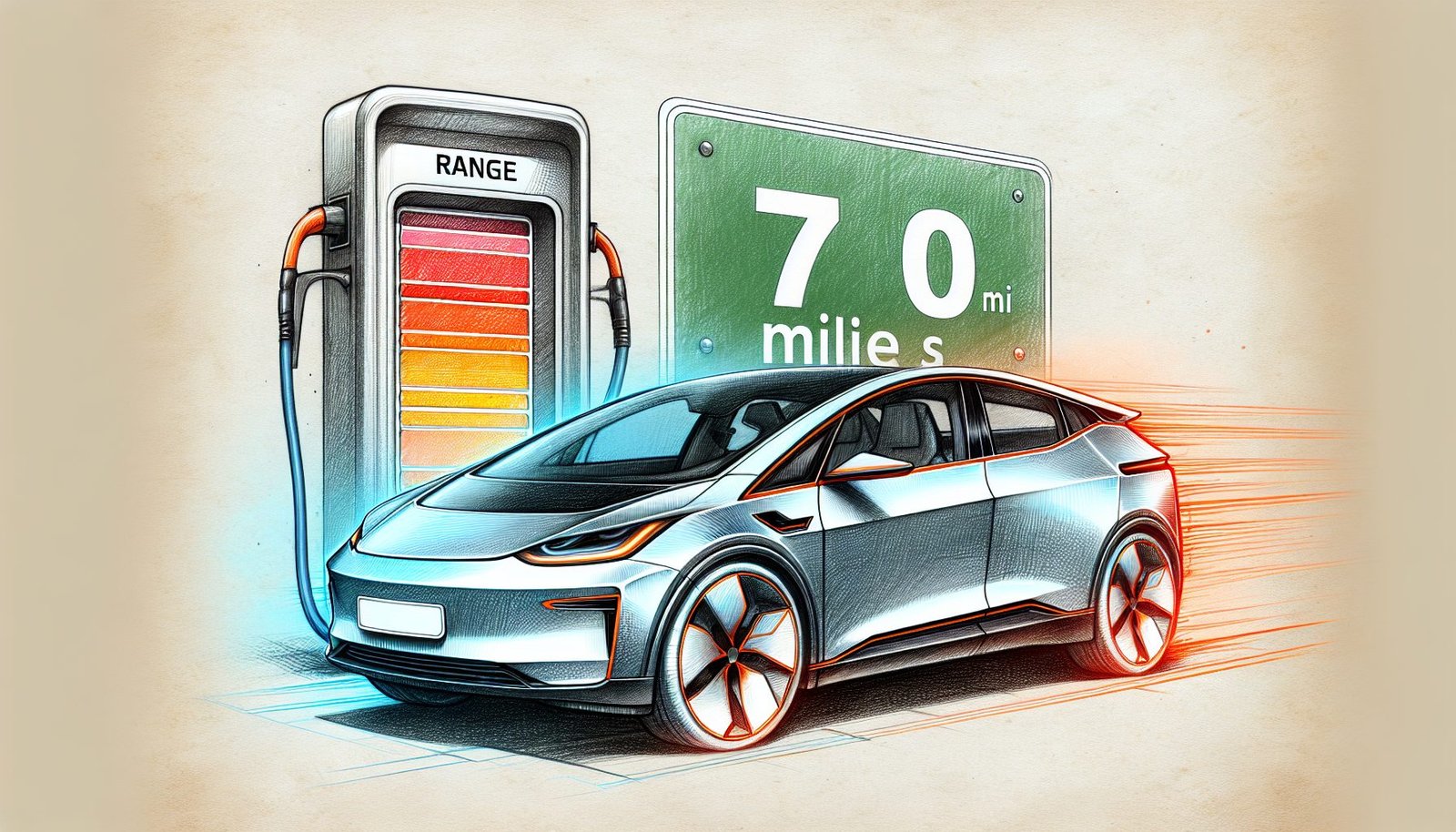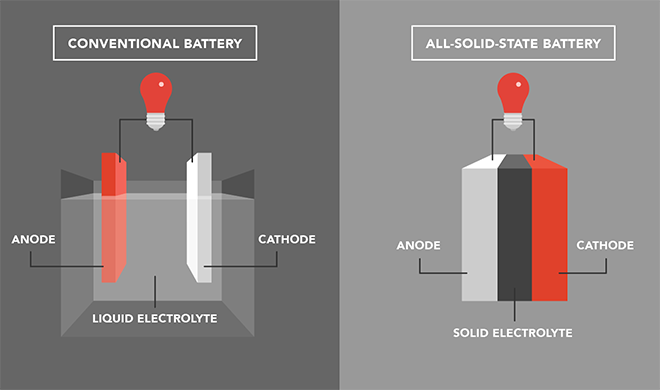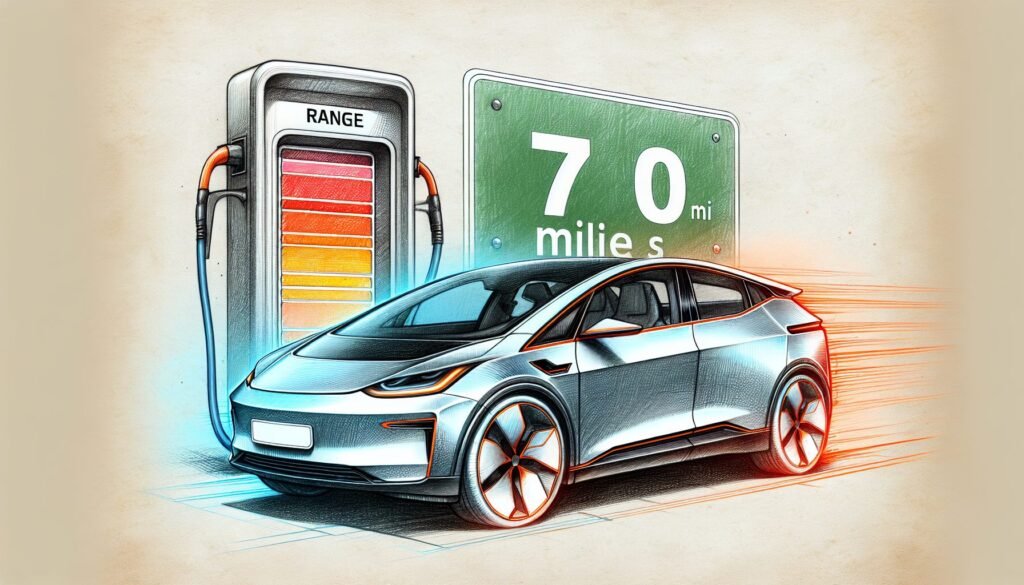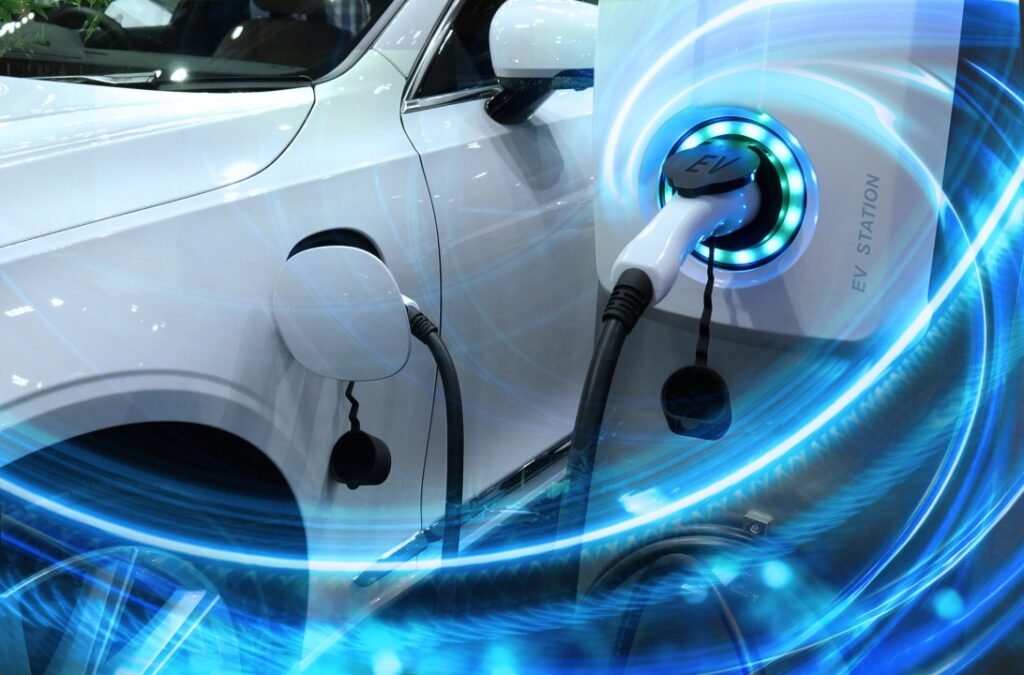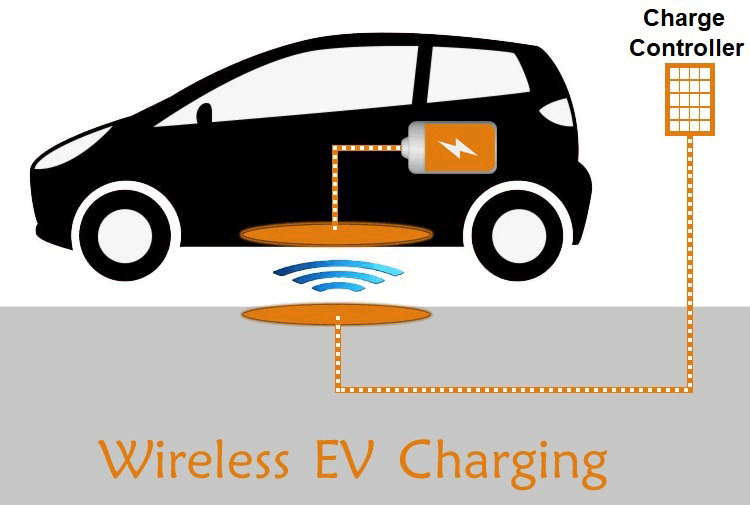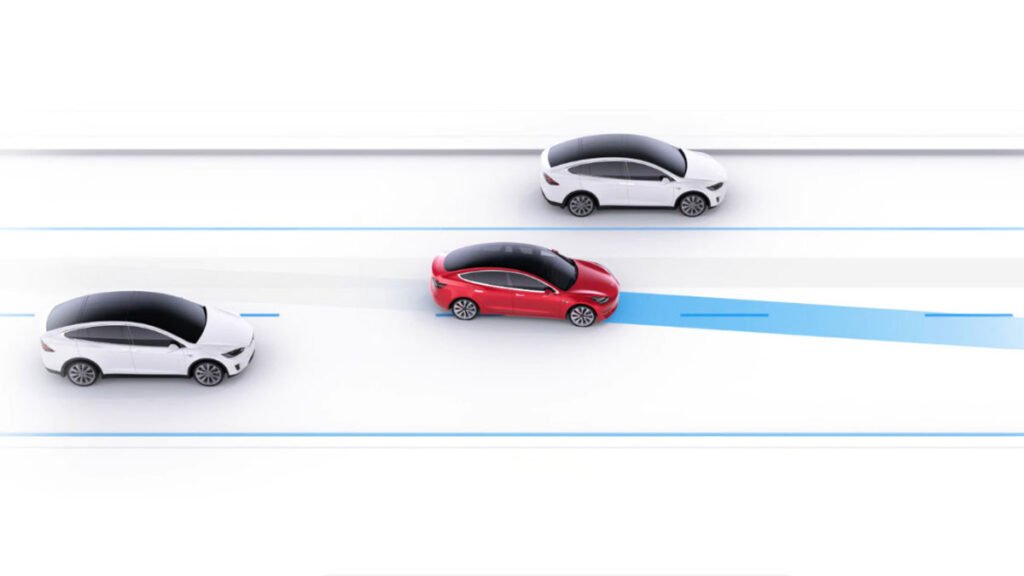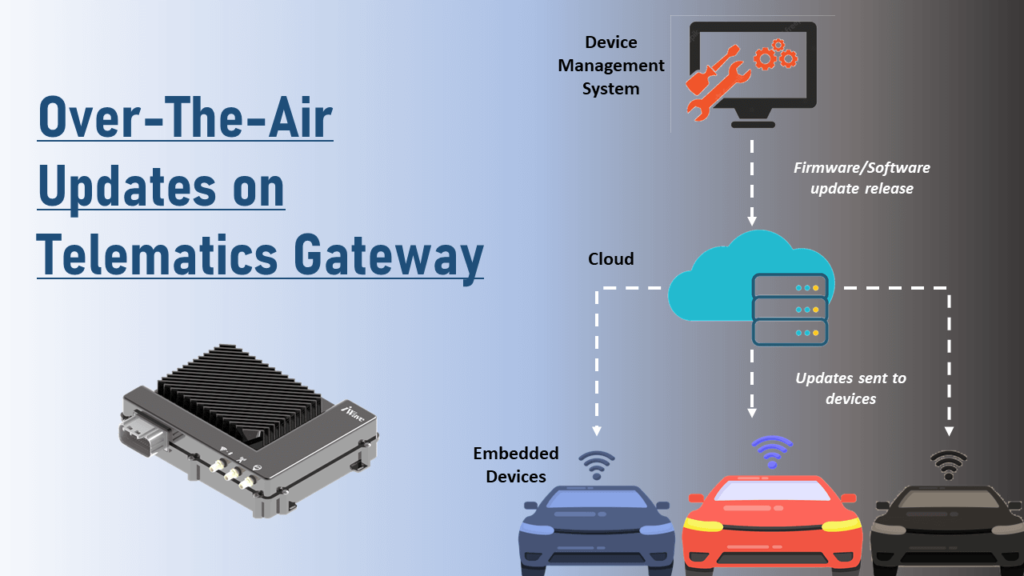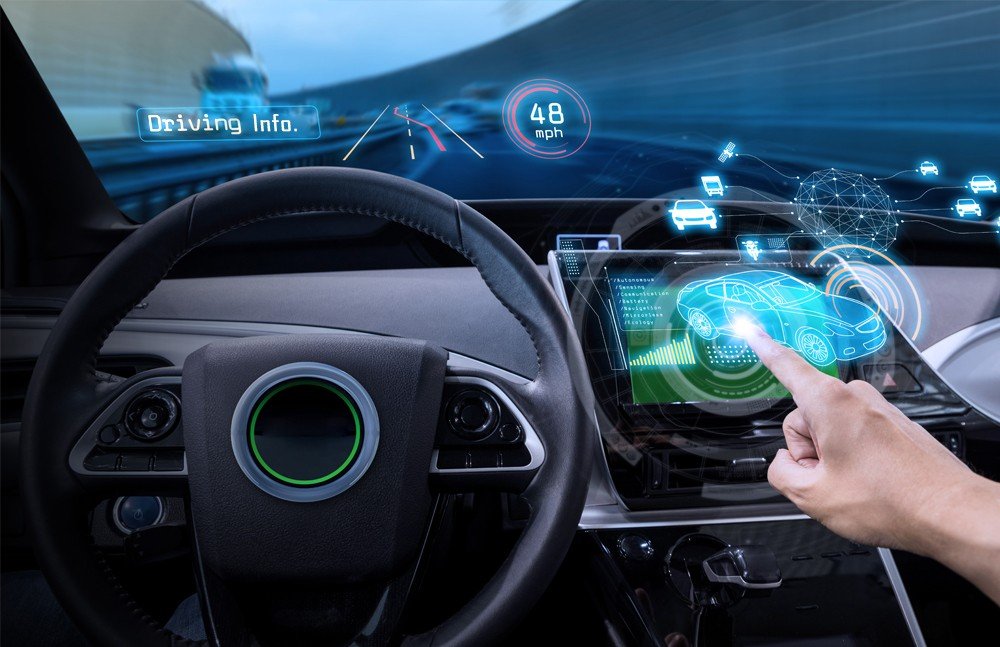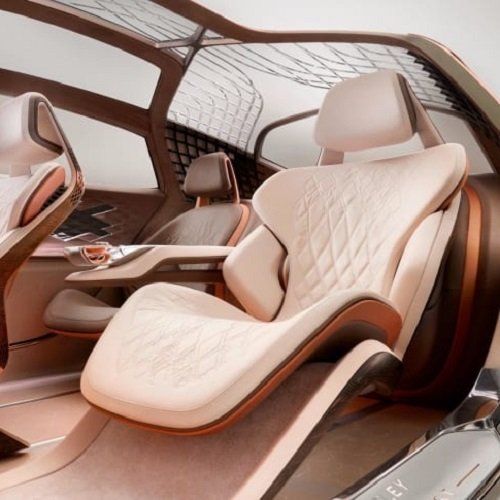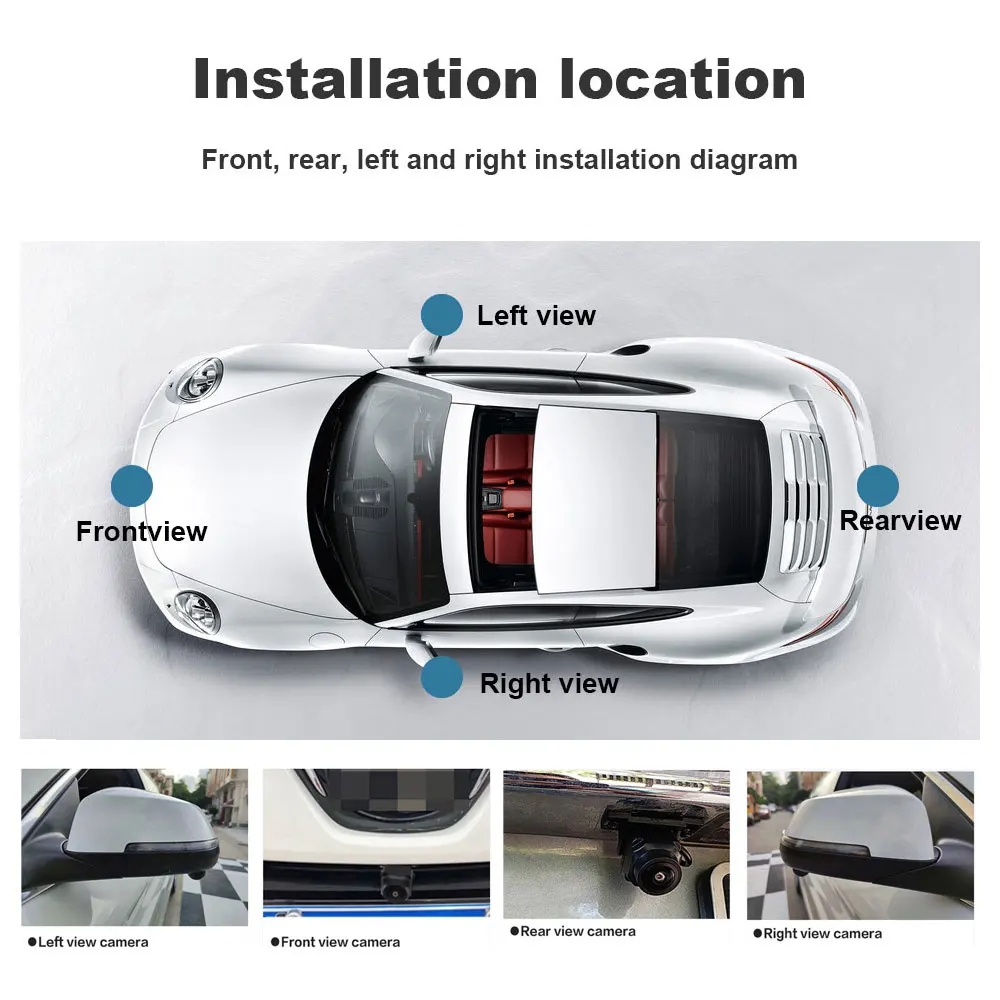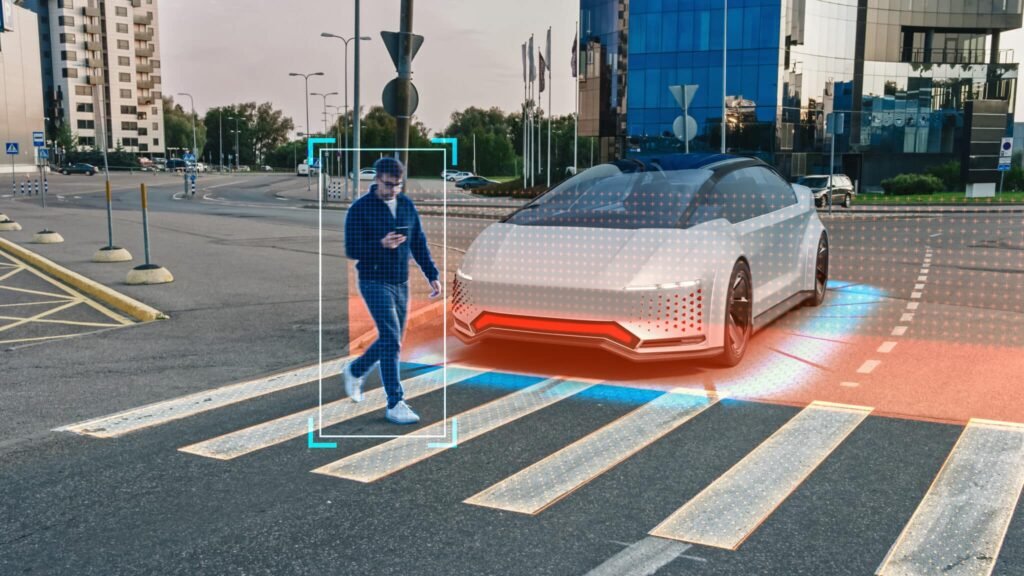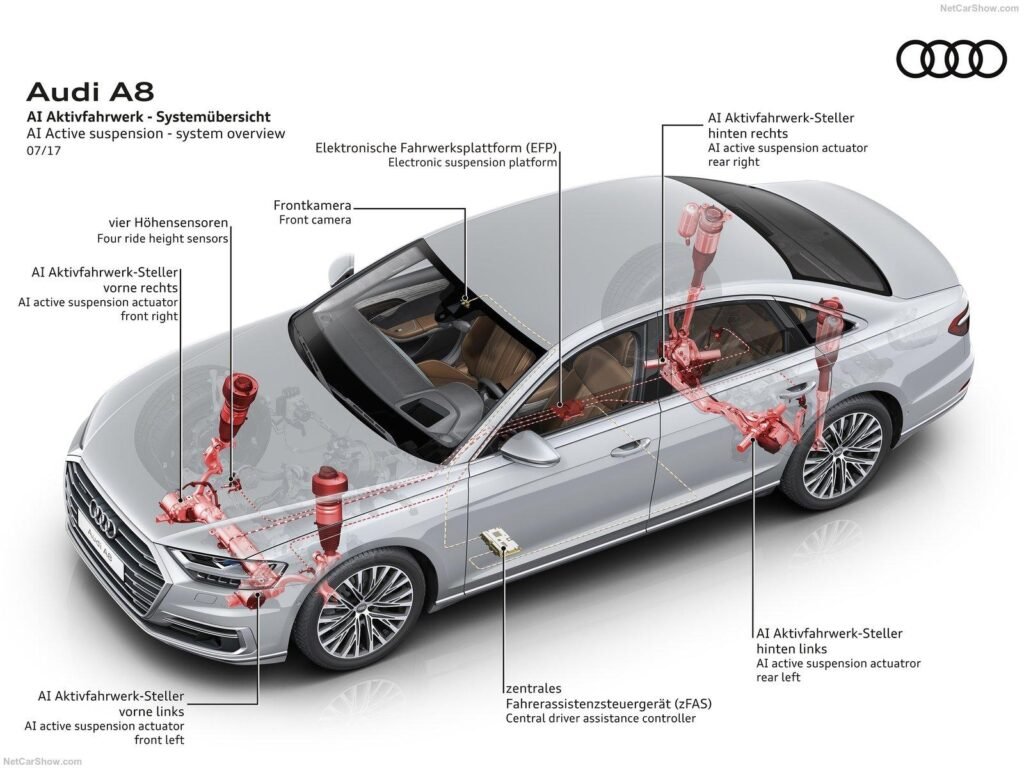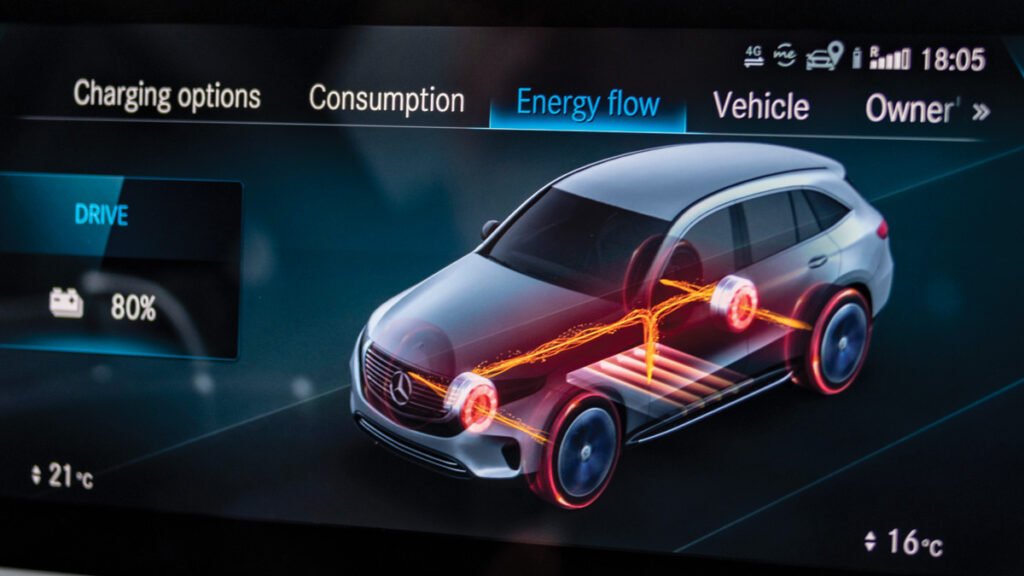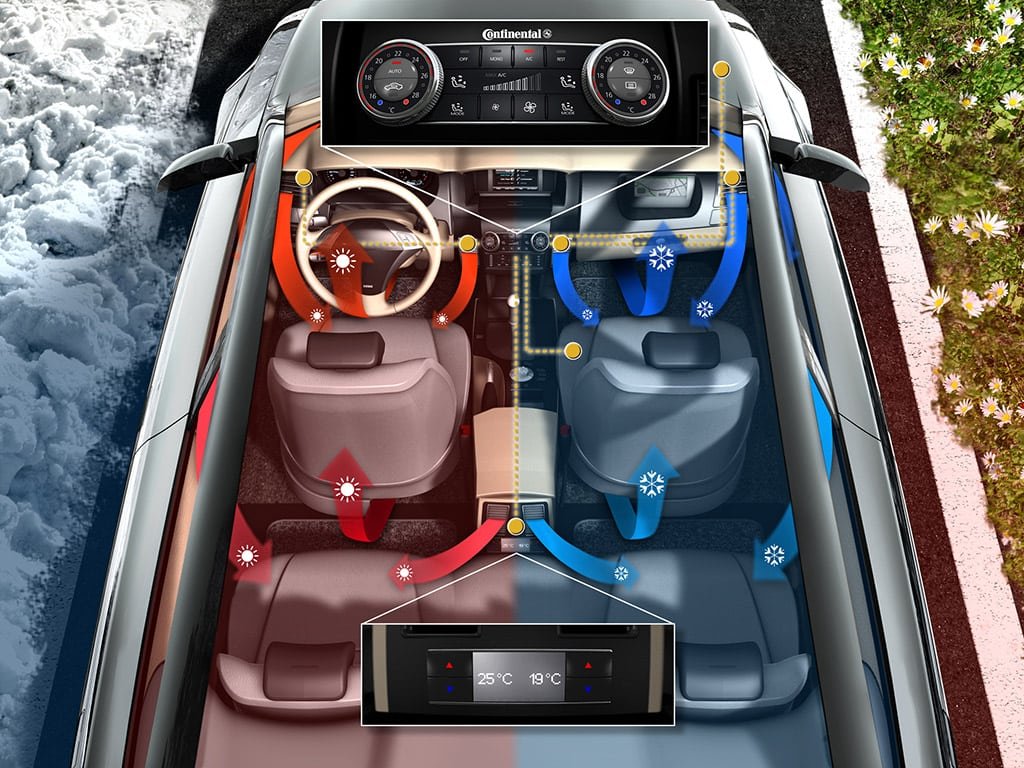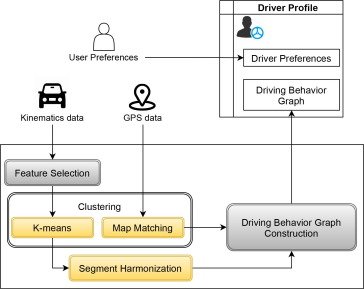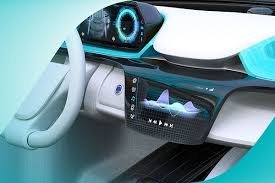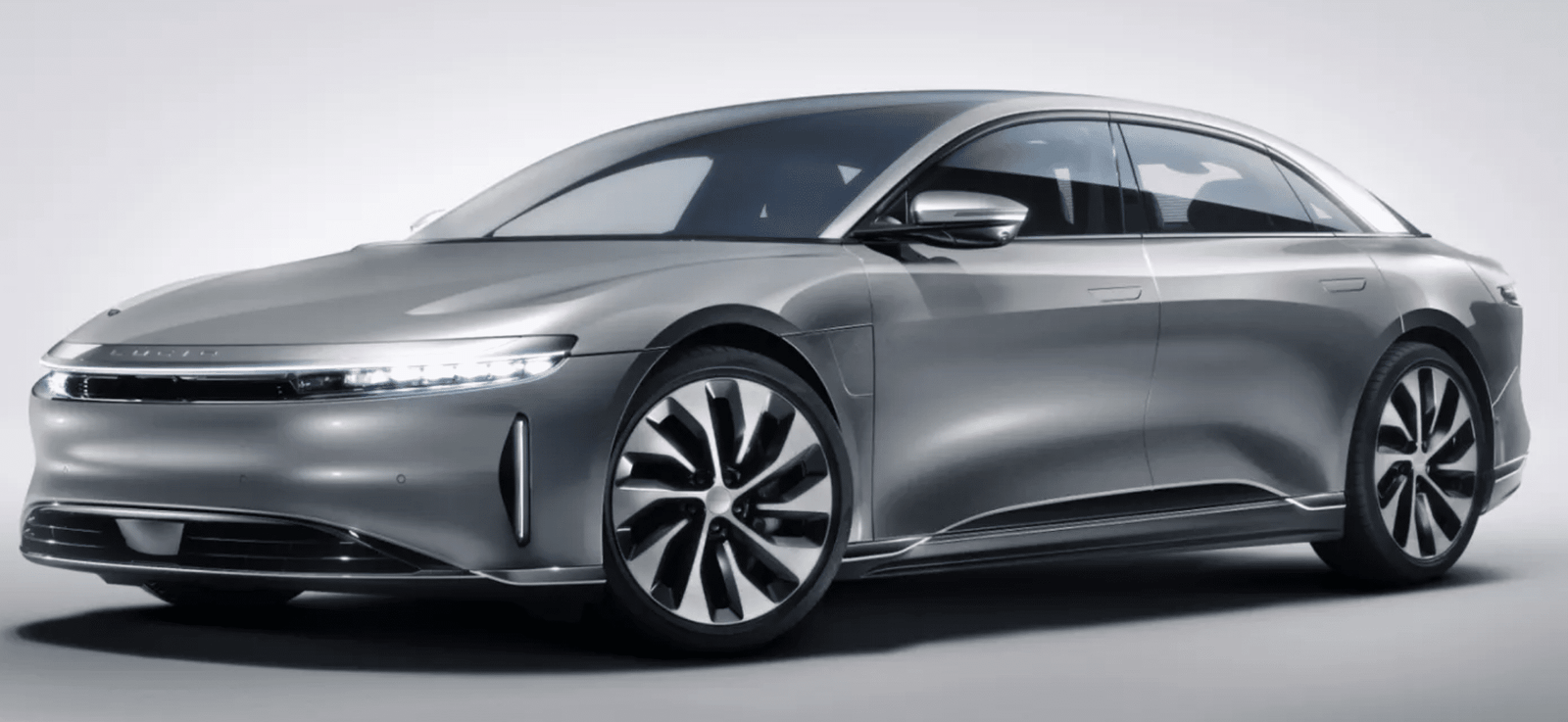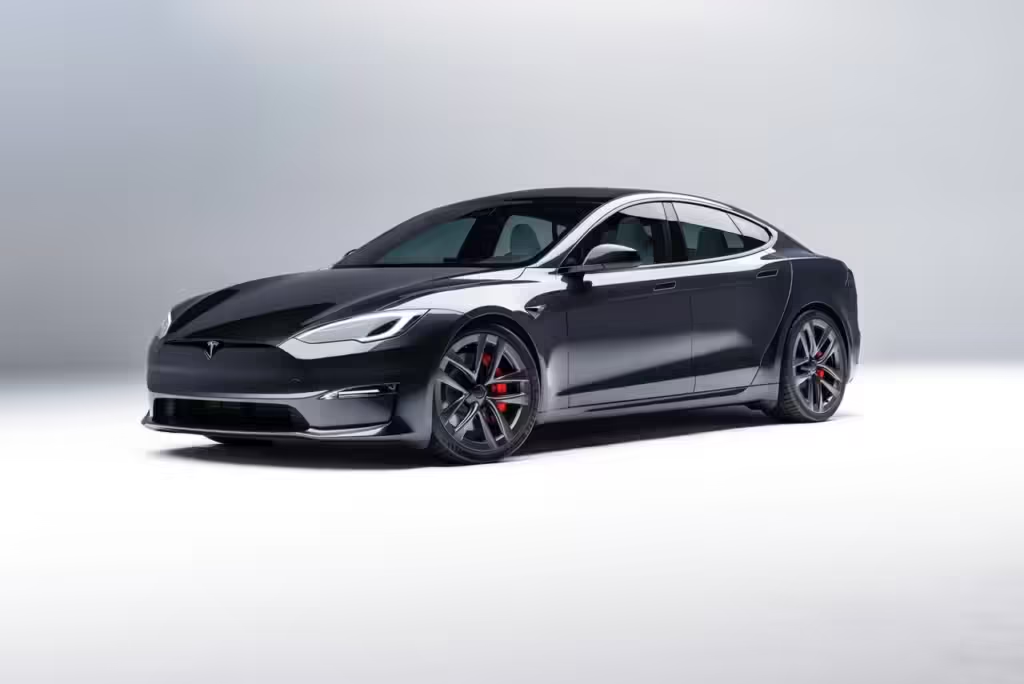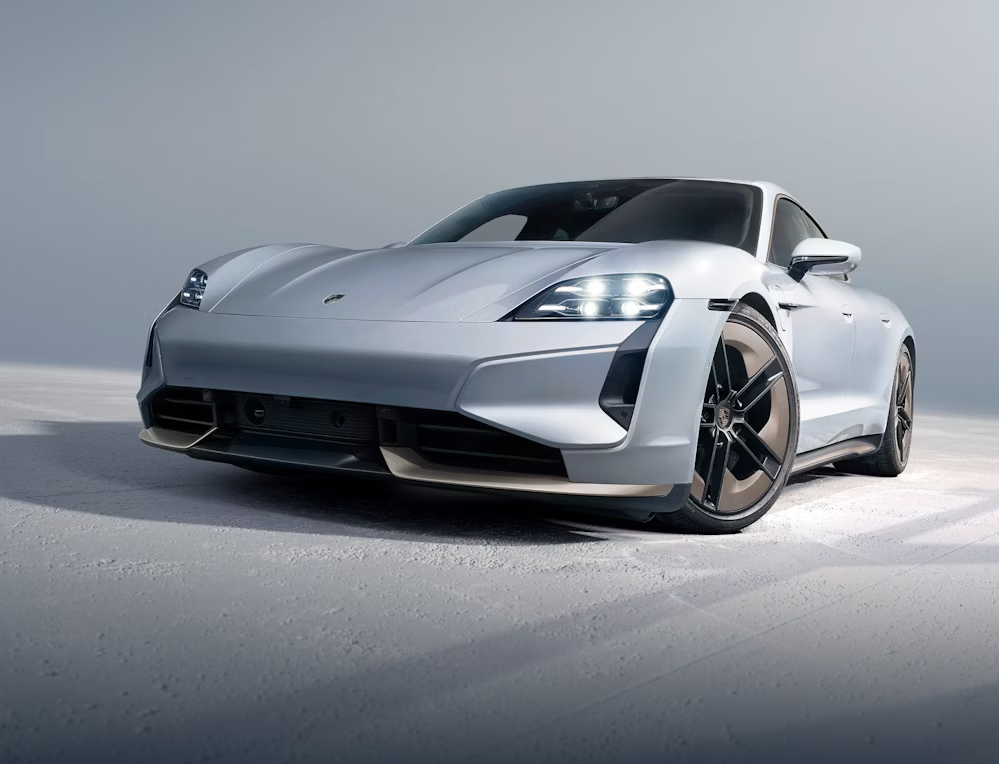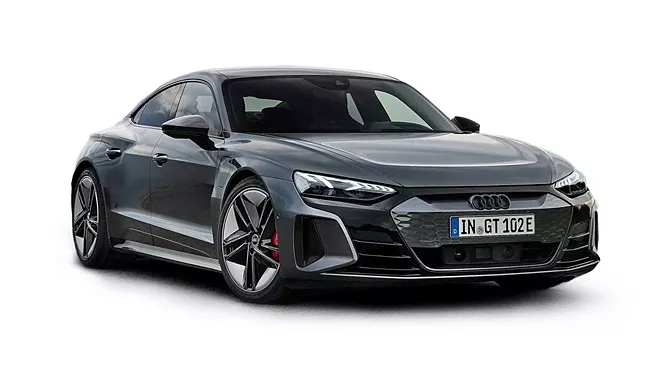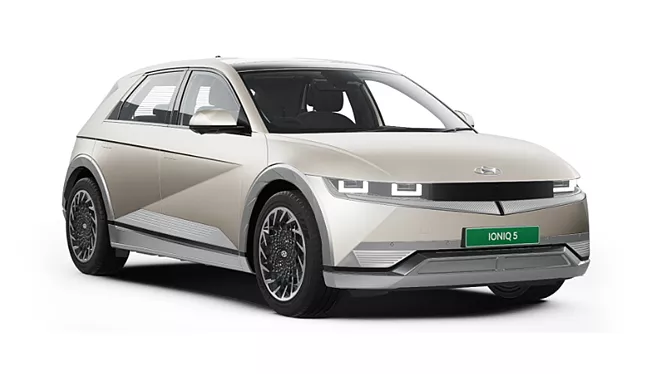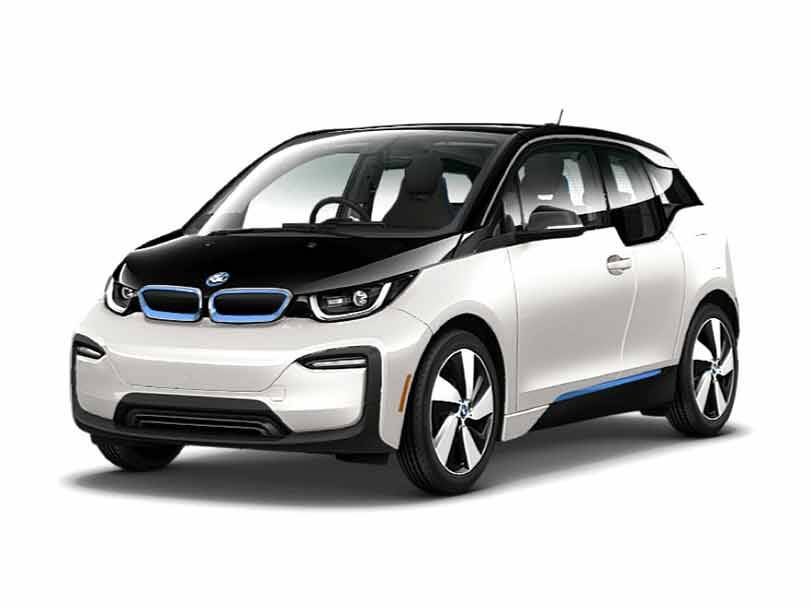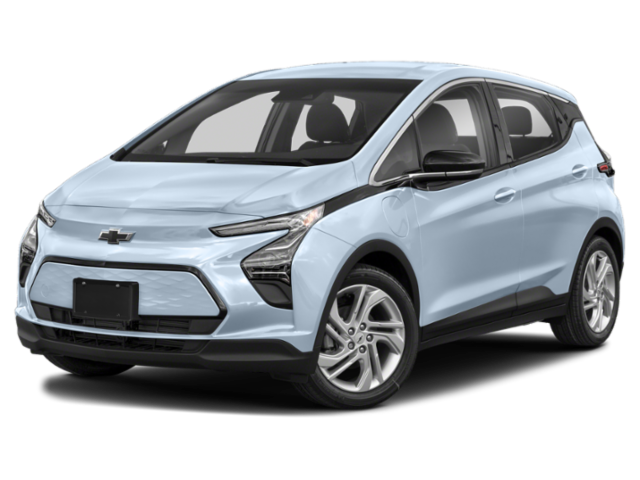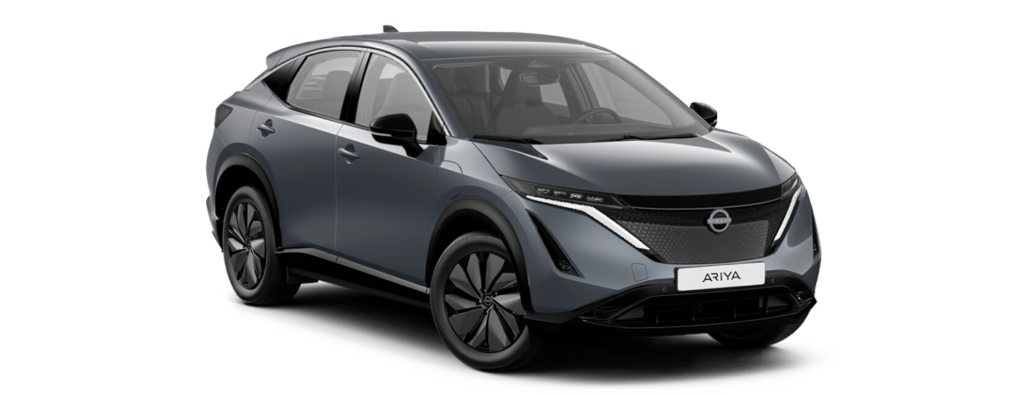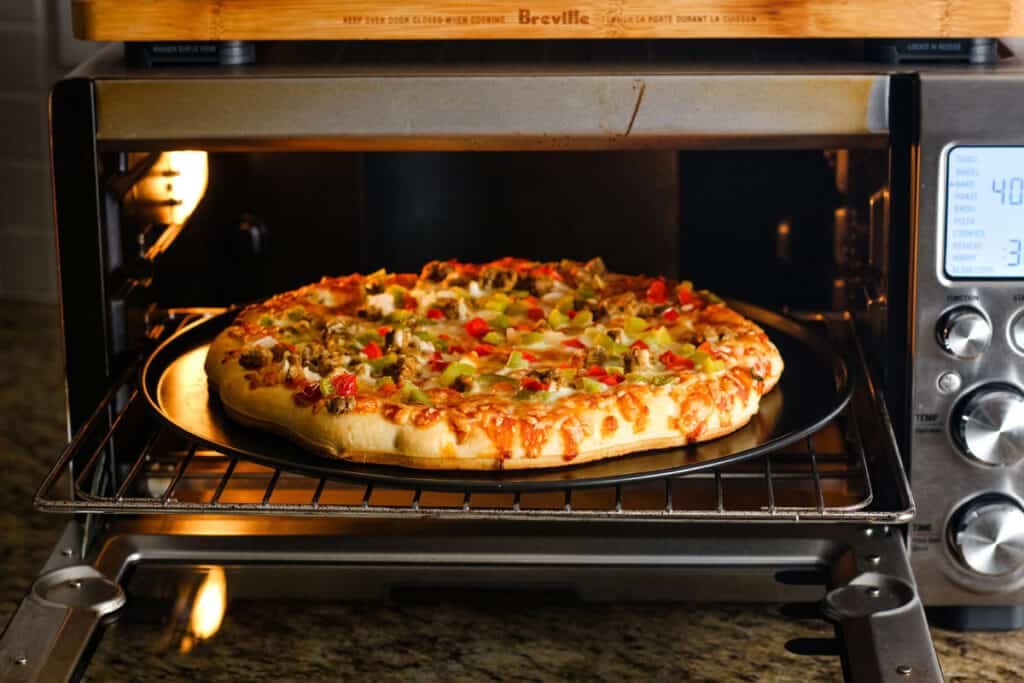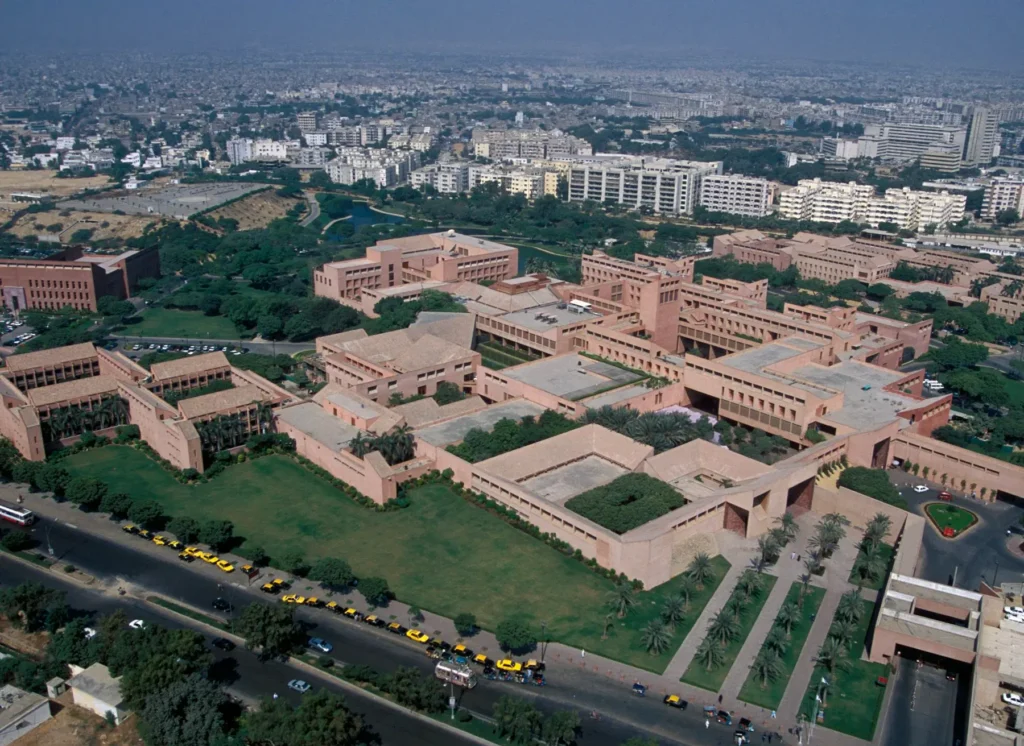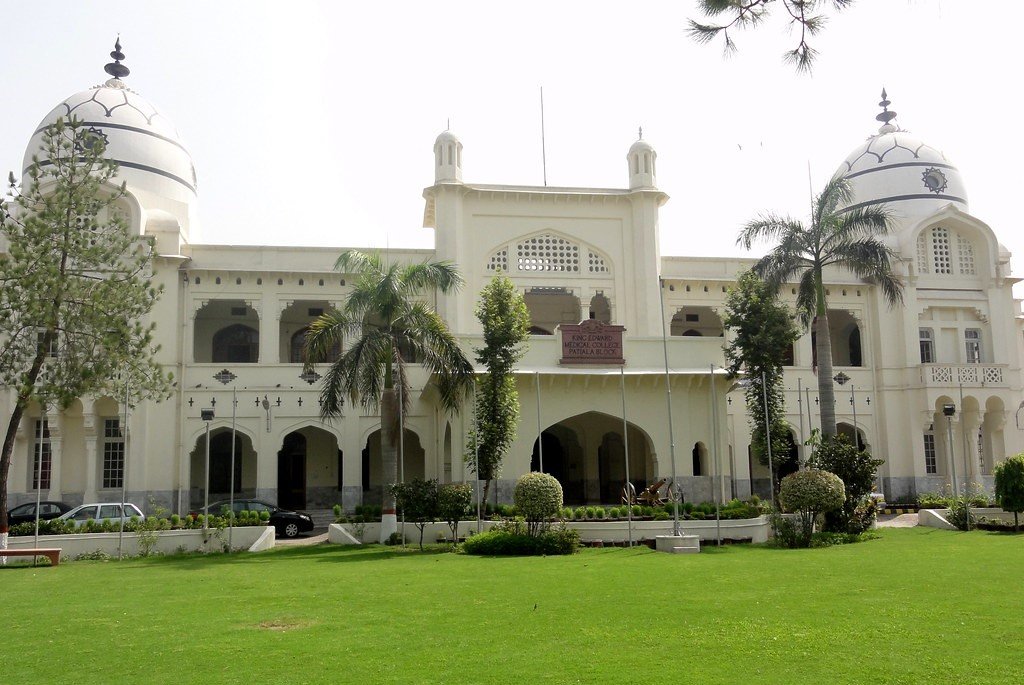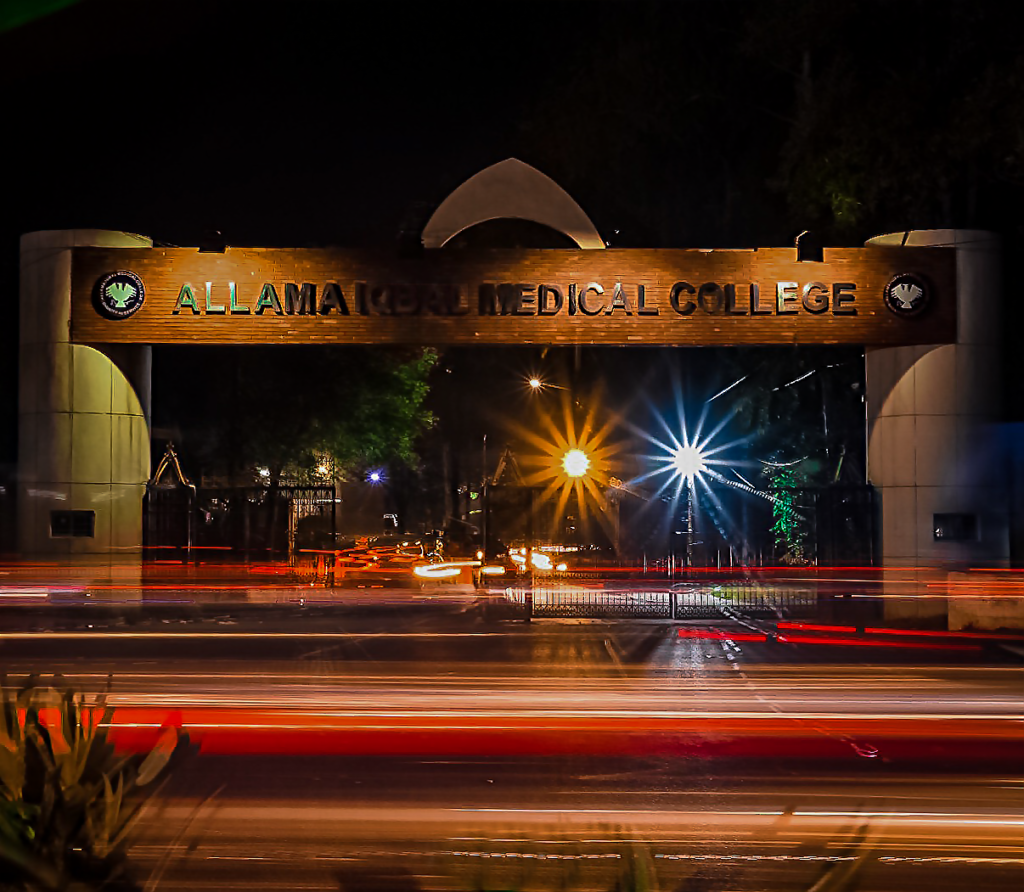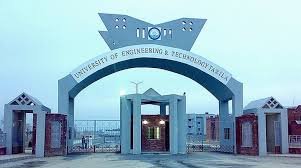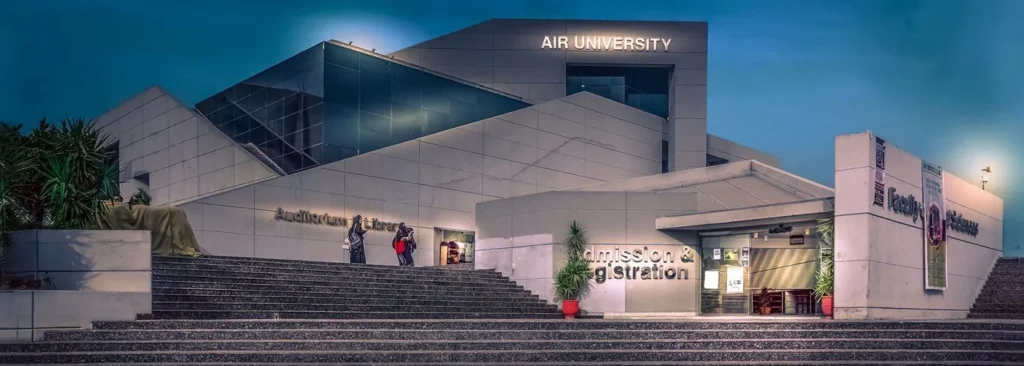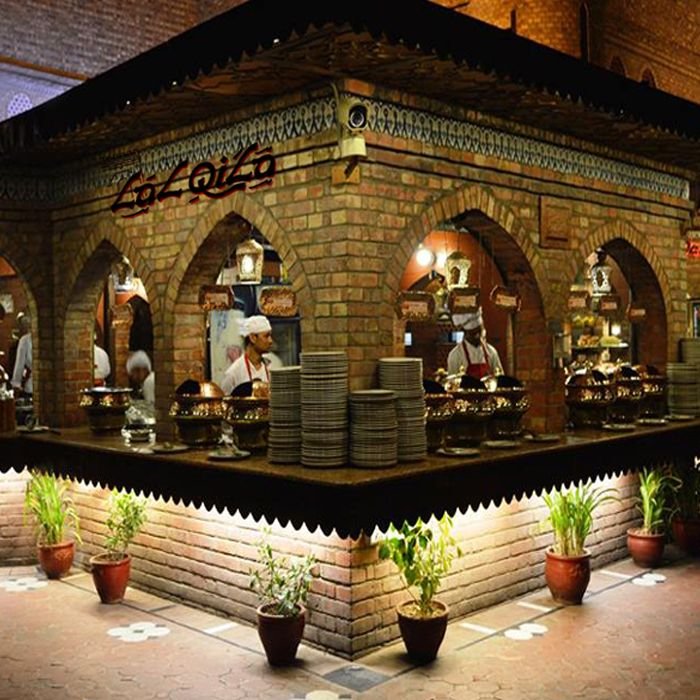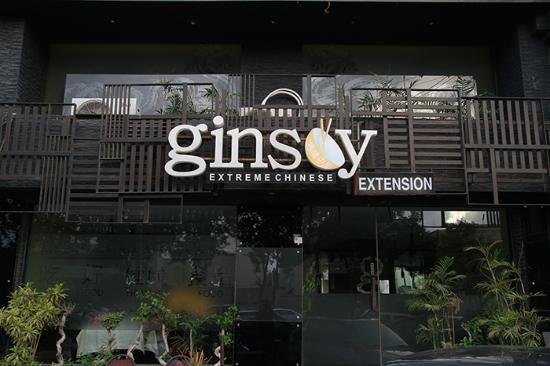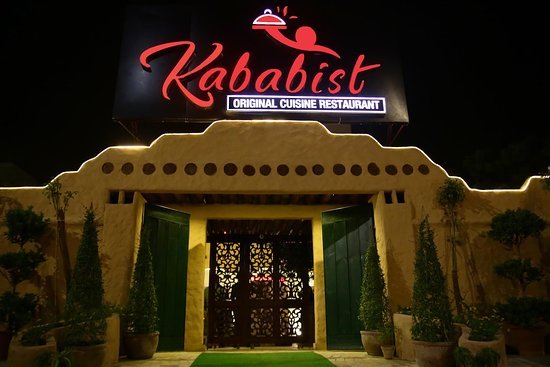In 2024, several mobile phones have been noted for their shortcomings and have failed to meet user expectations. Here are the top 10 failed mobile phones of the year:
Nokia X30 – While Nokia has tried to stay relevant, the X30 suffers from poor performance, lackluster camera quality, and minimal updates, making it a disappointment for users looking for longevity and reliability.

Xiaomi Mi 13 Lite – Xiaomi’s inconsistent update policy and the Mi 13 Lite’s subpar build quality and performance issues have led to user dissatisfaction.
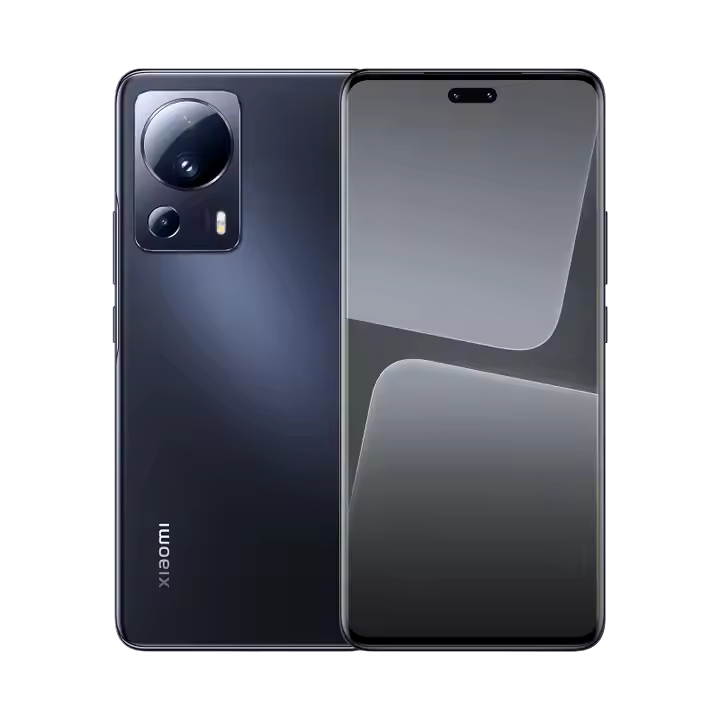
ASUS ZenFone 10 – The ZenFone 10 is limited by its poor software support and inconsistent updates, making it hard to recommend in a competitive market.

Motorola Edge 40 – Despite offering decent hardware, the Motorola Edge 40 is hindered by inadequate software updates and a less-than-stellar user experience.

OnePlus Nord N30 – The Nord N30 from OnePlus has faced criticism for its underwhelming performance and short lifespan of software support compared to its competitors.

Sony Xperia 5 V – The Xperia 5 V has struggled with poor battery life and a lack of significant updates, which has turned away potential buyers.

LG Velvet 2 Pro – LG’s attempt to re-enter the market with the Velvet 2 Pro failed due to mediocre performance and an unclear future regarding software updates.
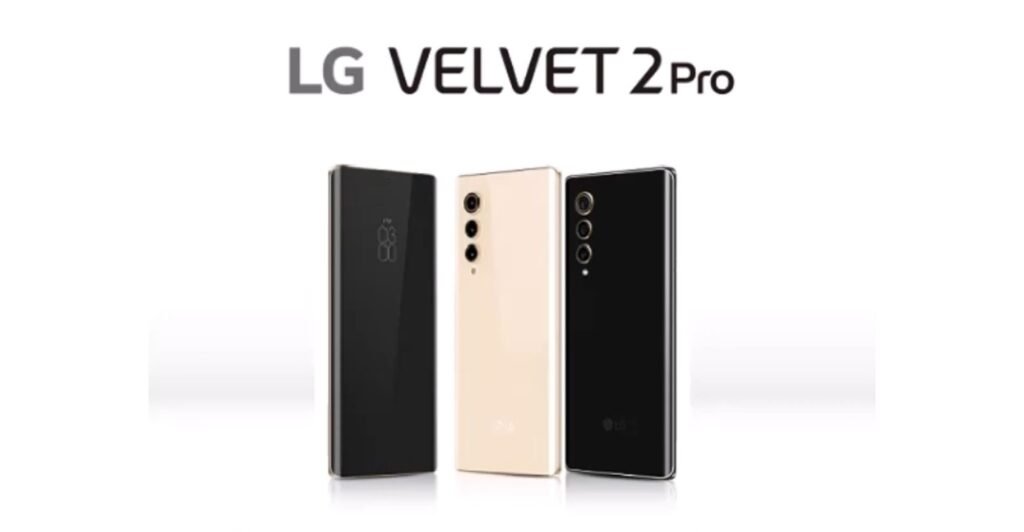
HTC Desire 22 Pro – HTC’s Desire 22 Pro falls short with outdated hardware and software, making it a poor choice for modern smartphone users.

Huawei Nova 12 – Ongoing issues with Google services and updates have severely limited the appeal of the Huawei Nova 12 outside of China.

ZTE Axon 30 – The Axon 30 has been criticized for its lack of refinement and poor software experience, which has made it less attractive compared to other options in the same price range.

These phones have faced various issues, from poor software support to inadequate performance, leading to their failure in the highly competitive smartphone market of 2024.
